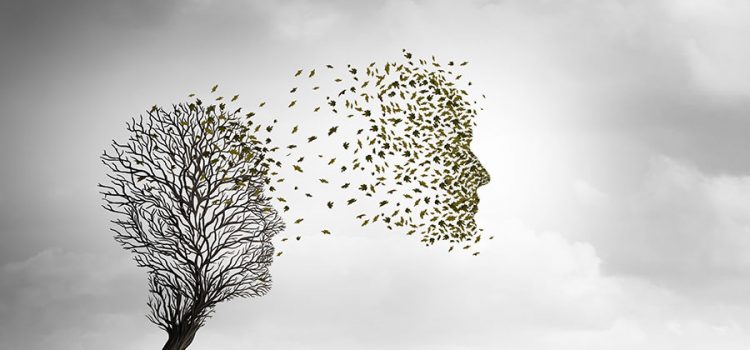Interest-Excitement Blog #1
What does this picture make you feel? Is it Fascinated? Scared? Confused? Uneasy? Curious? Excited? In 18721 the evolutionary theorist Charles Darwin proposed that emotions promote the survival and success of humans and animals. He proposed six emotions common to humans and many other animal species: happiness, sadness, fear, anger, disgust and surprise. The modern psychologist Silvan Tomkins (1911-91) reasoned that we are constantly moving through changing environments with too many different sensory impressions to integrate into one useful response. Our emotions evolved to focus a spotlight on one segment of our environment, inside or outside ourselves, such as the big bug above —that amplifies and prioritizes that area of our attention and action. This more complete and systematic understanding of human emotions begins with nine namable categories visible at birth or soon afterwards (1962, 1963).2 Each emotion powers our behavior in its own way. Tomkins also observed three more inborn emotions than Darwin: interest, shame and contempt. The most surprising of these interest-excitement. Popular systems of emotions usually don’t name it because it’s like the air we breathe. It powers our attention and the habits of our minds. Some of the other names for it include curiosity, attraction, desire, eagerness, enthusiasm and (its peak intensity) excitement. Jaak Panksepp, a pioneer neuroscientist who studied the emotional behavior of animals, called the same drive the seeking system, or the drive to find and do what one needs for survival and success in life (1998)3. Interest-excitement offers us three gifts: cultural development by directing our attention towards whatever seems novel outside or inside of us, protection for survival in case of threat, and long-term evolutionary advantage by expanding our versatile relationship with our environment. Interest comes first in our approach to Emotional Versatility because it is the skeleton key that opens the door to understanding the contours of each of the emotions as well as their instinctual purposes and the ways personalities manage them. ‘Interest brings us knowledge and the urge to gain more knowledge. Learning from our experiences develops an increasingly complex skill set known as intelligence to guide us through our daily lives. Intelligence leads us to success in all forms of education and preparation for skilled professions. Our interest drive can also take new paths into creative thinking that shows up in imagination and many forms of artistic expression as well as in mechanical and scientific inventions. Interest-driven evolution has led to many new branches in our tree of knowledge, including religious pathways and knowing ourselves. We can turn our interest inward to study our emotions, including interest itself. The ancient Greeks’ and modern Buddhists’ interest in looking inward developed traditions of conscious awareness of many emotional forces that are driving us unconsciously. This emergence of these aspects of our complex nature from our unconscious is a major focus of Freud, Jung, the human potential movement and now the Love and Power Institute as well. Studying our own emotions can also lead to curiosity about others’ emotions and thus develop the power of empathy that connects us to other people. Empathy connects us to learning about ourselves through others’ reactions to us and to recent discoveries and scientific evidence that animals and plants have emotion-like reactions too.3,4,5 Another application of intelligence is critical thinking, which leads us to discover that there are not only beneficial but also challenging aspects of interest-excitement and of other inborn emotions as well. We will organize these readings for the Emotional Versatility class on each inborn emotion to include both beneficial and challenging directions and results. We will begin exploring these in the next blog. 1. Darwin, C.R. (1872). The expression of emotions in man and animals. London, R. Murray. 2. Tomkins, S.S. (1962, 1963). Affect, imagery, consciousness. New York, Springer Publishing Company. 3. Panksepp, J. (1998). Affective neuroscience: The foundations of human and animal emotions. New York: Oxford University Press. 4. Bekoff, M. (2024). The emotional lives of animals. Novato, CA, New World Library. 5. Calvo, P. and Lawrence, N. (2022) Planta sapiens. The new science of plant intelligence. New York, W.W. Norton & Company., 1963). Affect, Imagery, Consciousness. New York, Springer Publishing Company.
Interest-Excitement Blog #1 Read More »








